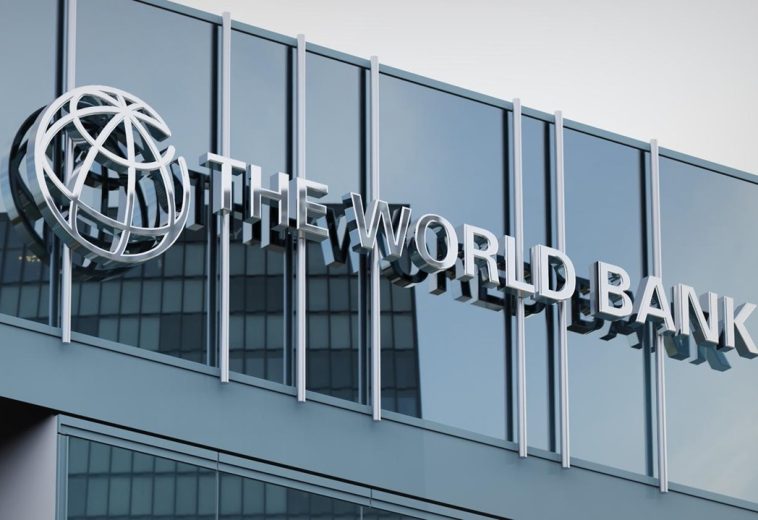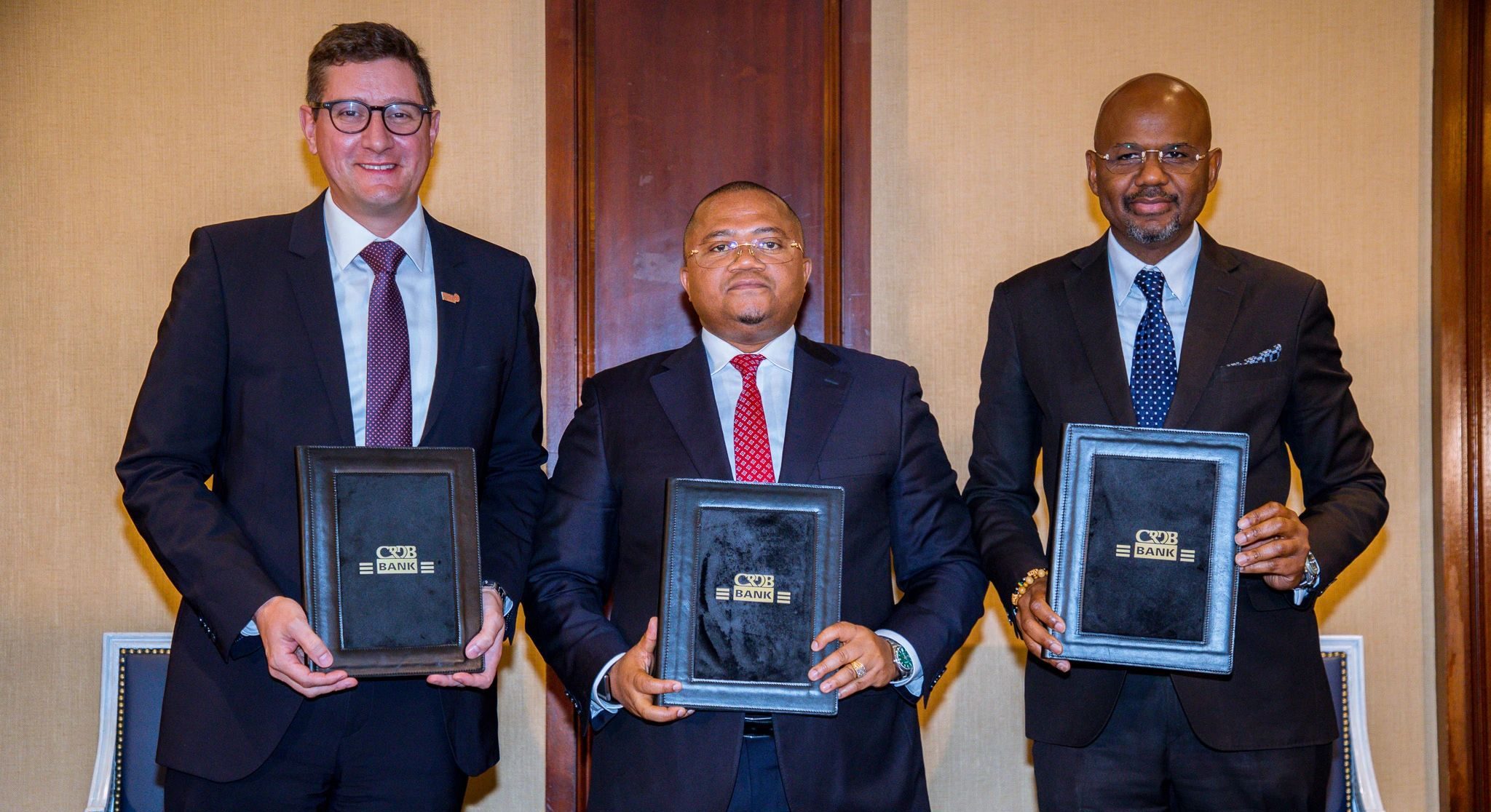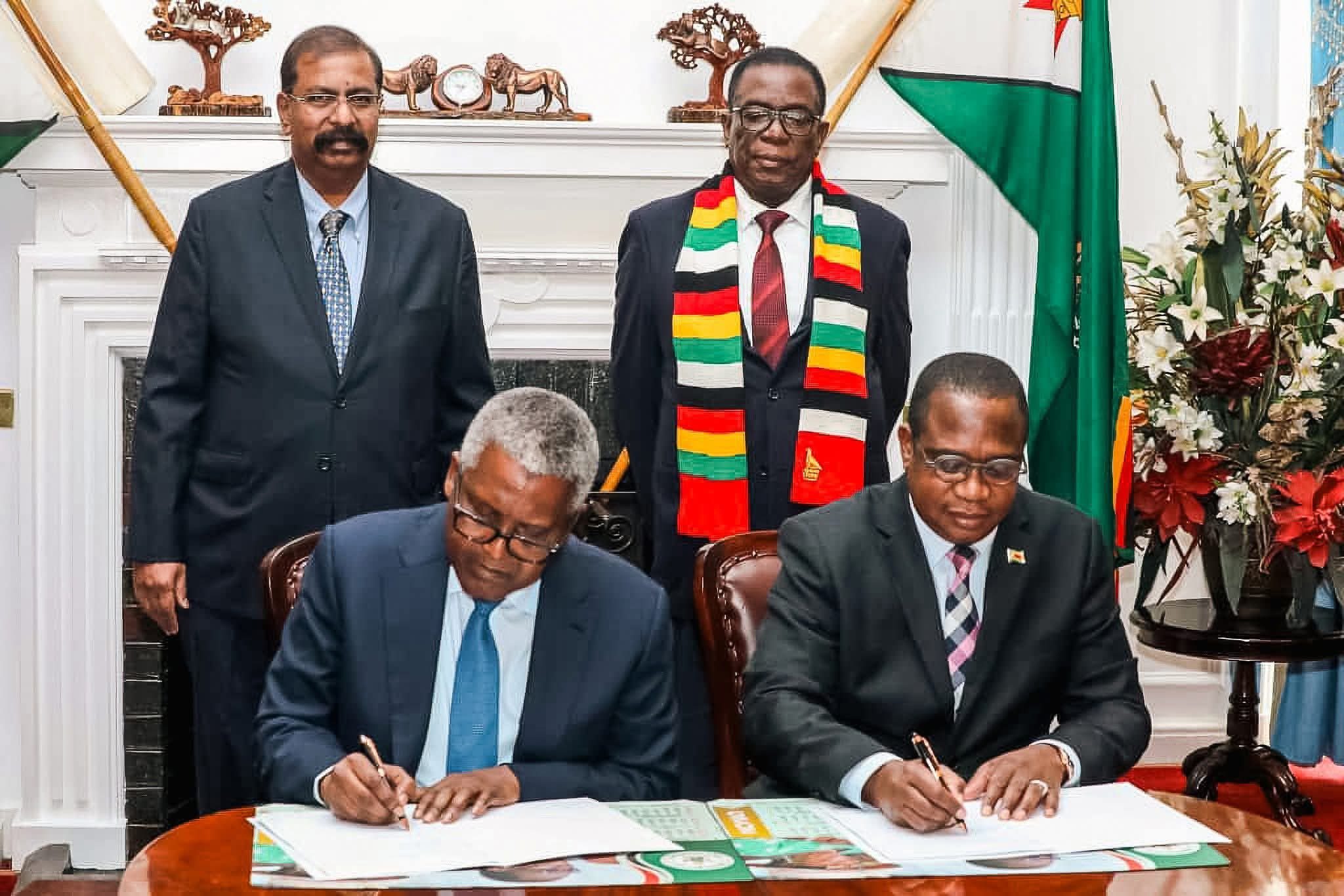
Tuesday, 8th October 2025.

By inAfrika Newsroom
World Bank Africa 2025 growth outlook now sees Sub-Saharan Africa expanding 3.8% in 2025, up from 3.5% in 2024. The upgrade signals a region stabilising after years of shocks. It reflects lower inflation, firmer currencies, and the room this gives central banks to ease policy. The forecast also points to stronger private consumption and investment as confidence returns.
Two forces stand out. First, terms of trade have improved for many exporters. That has eased external pressures and helped currencies steady. Second, inflation has cooled. Median inflation fell from a 2022 peak to mid-single digits in 2024. With prices easing, policy rates can come down. That supports demand without overheating the economy. The Bank expects the momentum to carry into 2026–27.
The revision is broad. Thirty out of 47 economies received higher growth paths. Big markets moved too. Ethiopia gained +0.7 percentage points, Nigeria +0.6, and Côte d’Ivoire +0.5 versus April projections. These changes matter. Large economies shape regional averages and supply chains. When they strengthen, spillovers lift neighbours through trade, finance, and jobs.
The region’s recovery is real, but not complete. Per-capita growth remains modest, and poverty rates improve only gradually. Fiscal consolidation will continue to weigh on public demand. External finance is still tight. Policy uncertainty abroad can also filter through trade and investment channels. Debt vulnerabilities leave some countries exposed to shocks. The message is to protect the gains while tackling structural risks.
Leaders can act now with practical steps. Price stability and a gentler rate path create a window for capex that was delayed in 2023–24. Local-currency planning gets easier when FX is less volatile. Firms can lock in supply contracts and finance at better terms. Consumer-facing sectors benefit first as real incomes stabilise. Industrial players should target zones with reliable power and logistics to translate demand into production.
Execution is everything. Keep inflation anchored and FX transparent. Clear arrears and improve debt management to lower risk premia. Fast-track customs, ports, and border reforms that cut transit time. Most of all, shift from micro-enterprise survival to an enterprise-led jobs model. Medium and large firms drive productivity and absorb youth entrants at scale. Pair that with skills, grid upgrades, and digital rails to sustain 4%-plus growth.
The Bank sees regional growth averaging 4.4% in 2026–27. That is meaningful progress. It will feel durable only if it shows up in jobs and incomes. The policy mix is clearer now: price stability, credible budgets, finance for firms, and corridor logistics that work. With those pieces in place, 2025 can be the year Africa’s recovery becomes a run.


